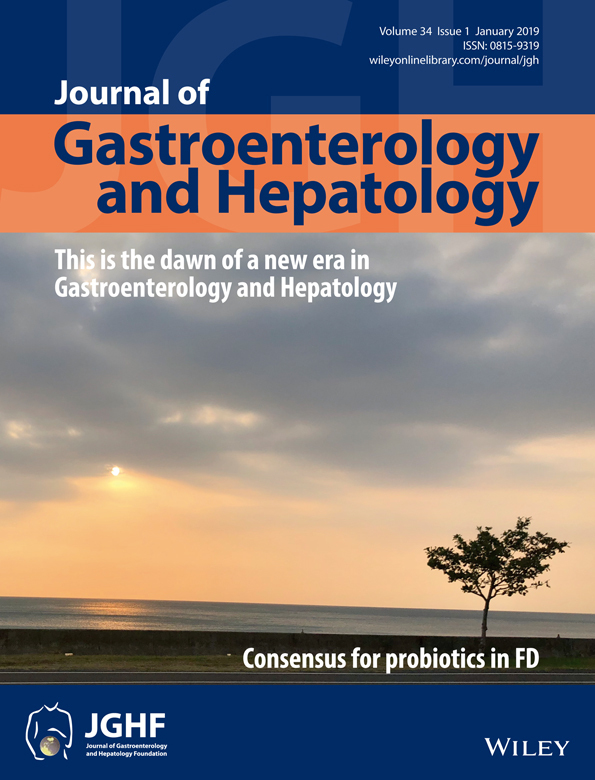Ex vivo assessment of anchoring force of covered biflanged metal stent and covered self-expandable metal stent for interventional endoscopic ultrasound
Abstract
Background and Aims
Endoscopic ultrasound (EUS)-guided transmural drainage using a covered biflanged metal stent (CBFMS) and a conventional tubular biliary covered self-expandable metal stent (CSEMS) has recently been performed by EUS experts. However, appropriate traction force of the sheath to prevent the migration during stent deployment is well unknown. Herein, we assessed the anchoring force (AF) of the distal flange in CBFMSs and CSEMSs.
Methods
The AFs of four CBFMSs (Stents AX, NG, PL, and SX) and six CSEMSs (Stents BF, BP, EG, HN, SP, and WF) were compared in an ex vivo setting. We assessed the AF produced by each stent using an EUS-guided transmural drainage model and an EUS-guided hepaticogastrostomy model consisting of sheet-shaped specimens of the stomach, gelatin gel, and gelatin tubes.
Results
For CBFMSs, the maximum AF of Stent AX was significantly higher than those of Stents PL and SX (P < 0.05) in the porcine model. In the gelatin series, all stents except Stent NG showed a nearly similar AF. For CSEMSs, Stents HN, EG, BF, and WF showed gradual AF elevation in the porcine stomach. Stents SP and BP showed a lower AF than the other four stents. For the gelatin setting, the maximum AF of Stents HN, EG, and WF was higher than those of the other stents regardless of the type of specimens.
Conclusions
The significance of the AF and traction distance according to the property of various CBFMSs and CSEMSs could be elucidated using ex vivo models.




